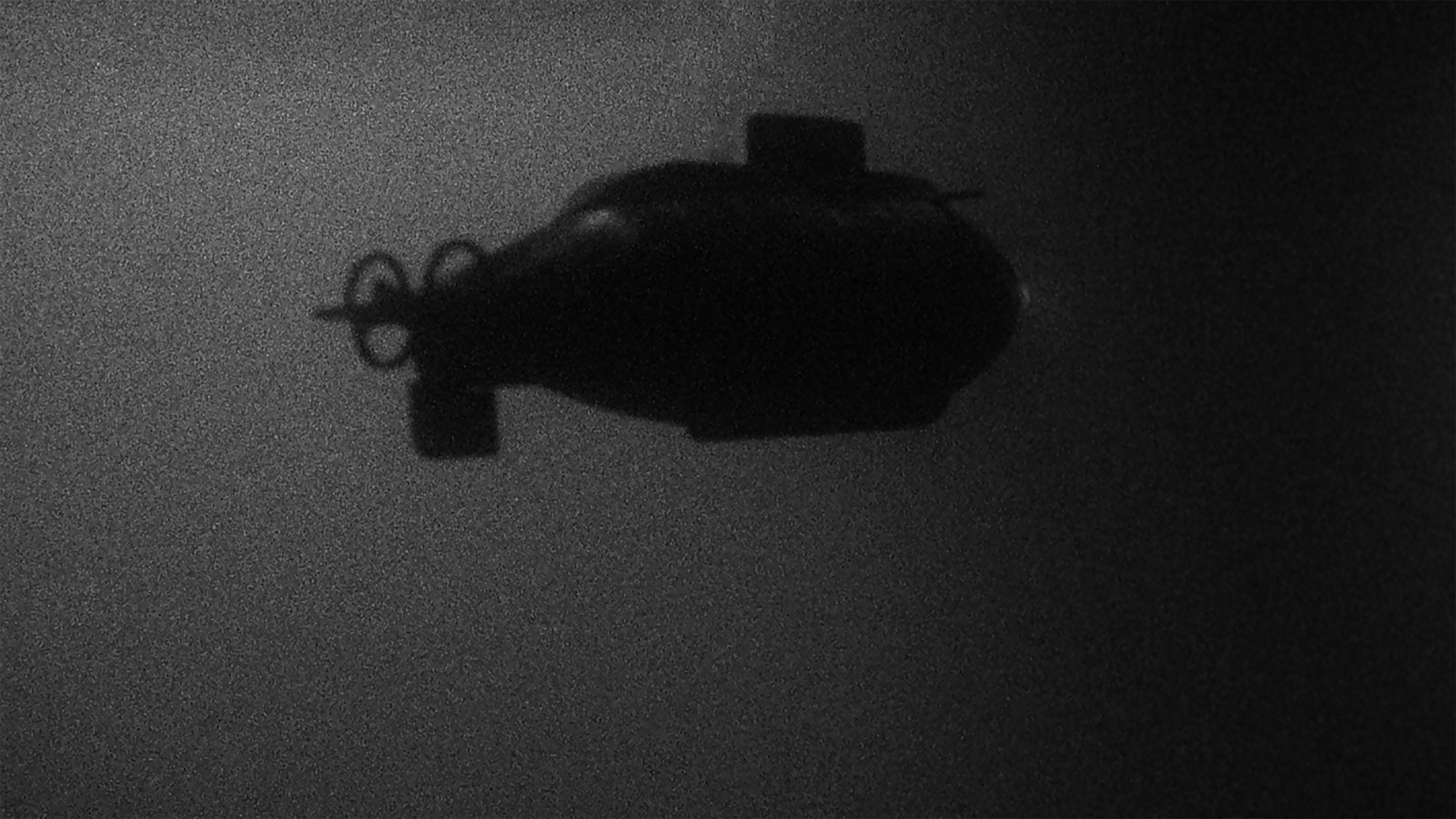
— Log in to watch the artist video if you have been given an access
- Artist
- Leticia Ramos
- Title
- Vostok
- Year
- 2014
- Duration
- 8 min
- Format & Technical
Single channel projection, black and white, sound
5 + 1 AP
- Music
- Voice
- Produced by
- Postproduction
- Sound mix
- Photography
- Costume design
- Special Thanks
- Other
Vostok, by Leticia Ramos, presents itself as a record created in a dystopian future during an expedition to Lake Vostok: the largest subglacial lake in the Antarctic, located about five hundred meters below sea level. Having chosen the documentary as her format for transmitting the unknown, the artist calls upon a science fiction aesthetic for her work. Simultaneously, however, the question of manipulated images and discourses arises. Thus, the film points out the role of the audiovisual documentary as a tool of power and domination through the creation of fictions. These fictions frequently shape what we associate with the unknown, with memories, and with what is established as true.
In Vostok, we see through the video camera. It is the eye that has been emancipated from the human organism; it travels, arrives, and records territories in the name of scientific research and of its alleged truth. In a possible future, there will be machines capable of supplanting the weakness of the body; the journey to Vostok is an example. Through a more attentive viewing, however, we discover that the submarine in the video is miniature mock-up, and that this navigation in the depths of the glacial lake is nothing more than a staging that means to represent extensions of some thousands of kilometres in a set actually made in an aquarium. Through her productions, the artist carries out archaeological research on materials, cameras and devices. Through a series of cinematographic resources —grainy images defined in black and white filmed in 16mm, or the English audios with interferences— Ramos also manages to simulate the aesthetic of these supposedly captured-in-the-far-ends-of-the-universe (or captured-in-the-depths-of-the-sea) images, as evidence of reality and existence. She uses all her elements in the service of creating a credible visual narration, one that conveys the existing tension within the documentary maker’s ambition to reflect reality. In this manner, the work demonstrates that the production of scientific audiovisual documents is able to conceal a stagecraft the likes of Christopher Nolan’s Interstellar.
There is no reason why machines should carry any greater credibility than the Europeans who returned from American expeditions in the 1600s with renderings of marine beasts with twenty eyes and feathers. Vostok, with its audiovisual aesthetic exploring unknown margins that only mechanical instruments can reach as an extension of our bodies, proves how any image can be constructed. It is a montage, even if it does not look like one. What we see could not come to pass were it not through an act of faith.
Melina Ruiz-Natali
Stills



